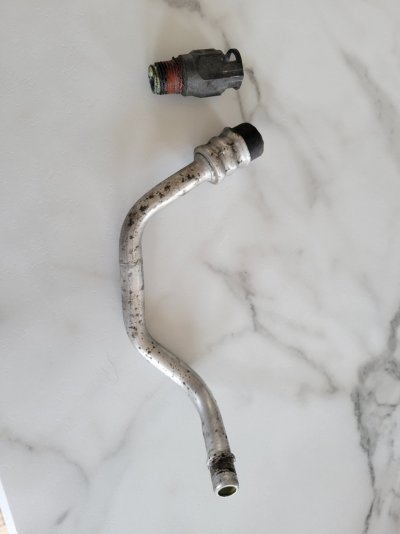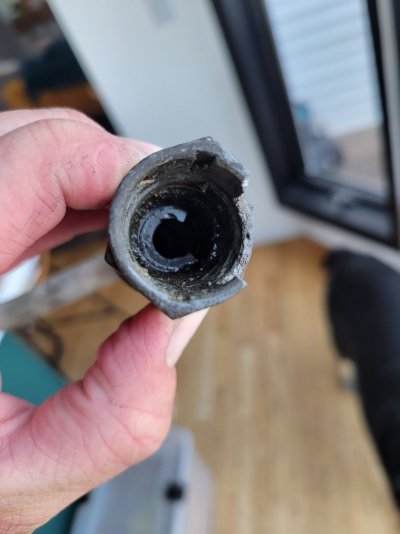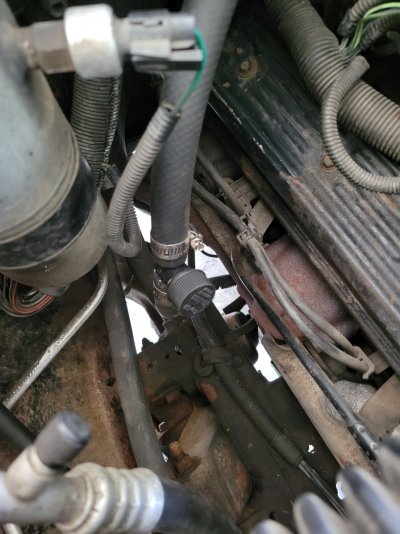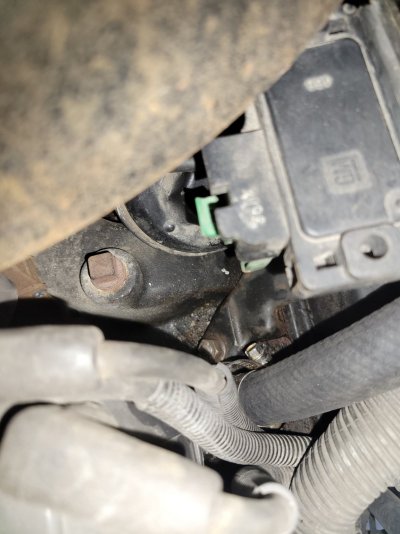Sure. Pascal's law applies to fluids, which can be liquids or gasses, so I don't know why this is important.Not really. 1st thing we need to agree on is there's no air, which is compressible, in the system (water is not).
You have a cross-flow radiator. The rad-cap side IS the "cool" side, because the upper rad hose (hottest) is on the other side. In order to get to the rad-cap side, the coolant has to flow through the water tubes...which is where the heat is removed. By the time the fluid has gotten to the rad-cap side...it's been cooled.In my 88, the return line to the radiator is just below the cap so (not the "cool" side, that's the bottom of the radiator),
No, because there's restrictions to flow all over the system. Each restriction reduces pressure somewhat.it's seeing the same pressure as flow coming from the water pump, when the T-Stat is open.
Yes, the closed thermostat is the biggest restriction.
The pressure on the cool tank of the radiator (rad cap pressure) is significantly less than rad cap pressure PLUS water pump pressure. There's no way to get stagnant- or reverse-flow.If the pressure going through the heater core, was lower, the pressure from the radiator will apply too much backpressure, thus stop flow though the heater core.
No. See above. With the thermostat closed, you'd have the maximum values for rad cap + water pump pressure, and the maximum value for rad cap pressure - some amount of water pump suction. With the thermostat closed, you'd have maximum pressure-drop across the heater core circuit. A good share of that pressure drop happens at the restrictor on the inlet side--either a restriction in the quick-coupler, or a restriction pressed-into the heater core inlet tube.The only reason for the restricted fitting is to help the heater core supply heat to the cabin when the T-Stat is still closed
Hmmm. Perhaps. I hadn't considered that. I'm going to guess that's a secondary feature, but not the primary reason for the restriction on the inlet side of the heater core.AND help the engine warm up quicker with less flow back to the radiator, again until the T-Stat opens up.
www.britannica.com/science/Pascals-principleAnd Pascal's Law does apply to any sealed system, whether static or dynamic.
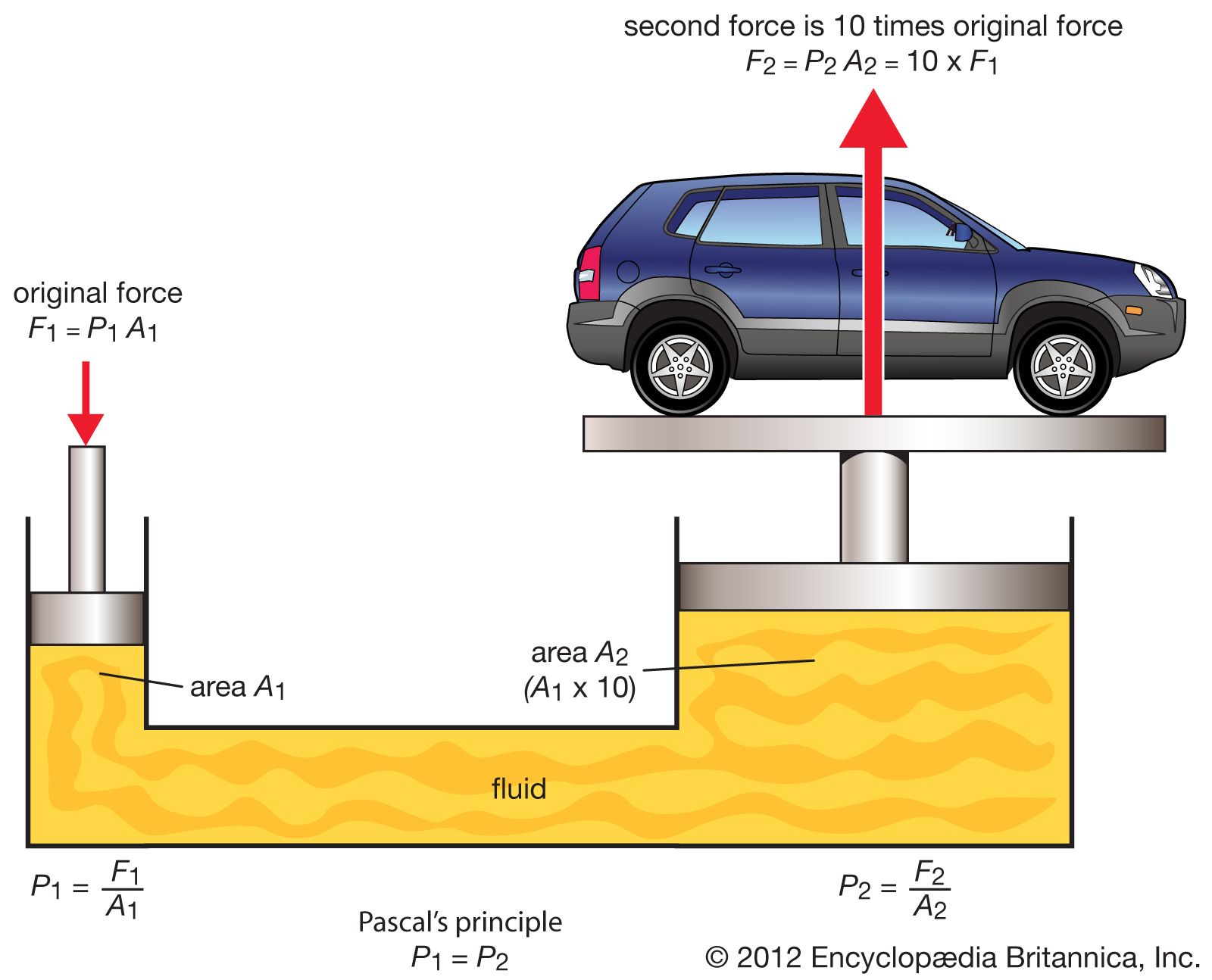
Pascal’s principle | Definition, Example, & Facts
Pascal’s principle, in fluid (gas or liquid) mechanics, statement that, in a fluid at rest in a closed container, a pressure change in one part is transmitted without loss to every portion of the fluid and to the walls of the container. The principle was first enunciated by the French scientist...
in a fluid at rest in a closed container, a pressure change in one part is transmitted without loss to every portion of the fluid and to the walls of the container.
www.en.wikipedia.org/wiki/Pascal%27s_law
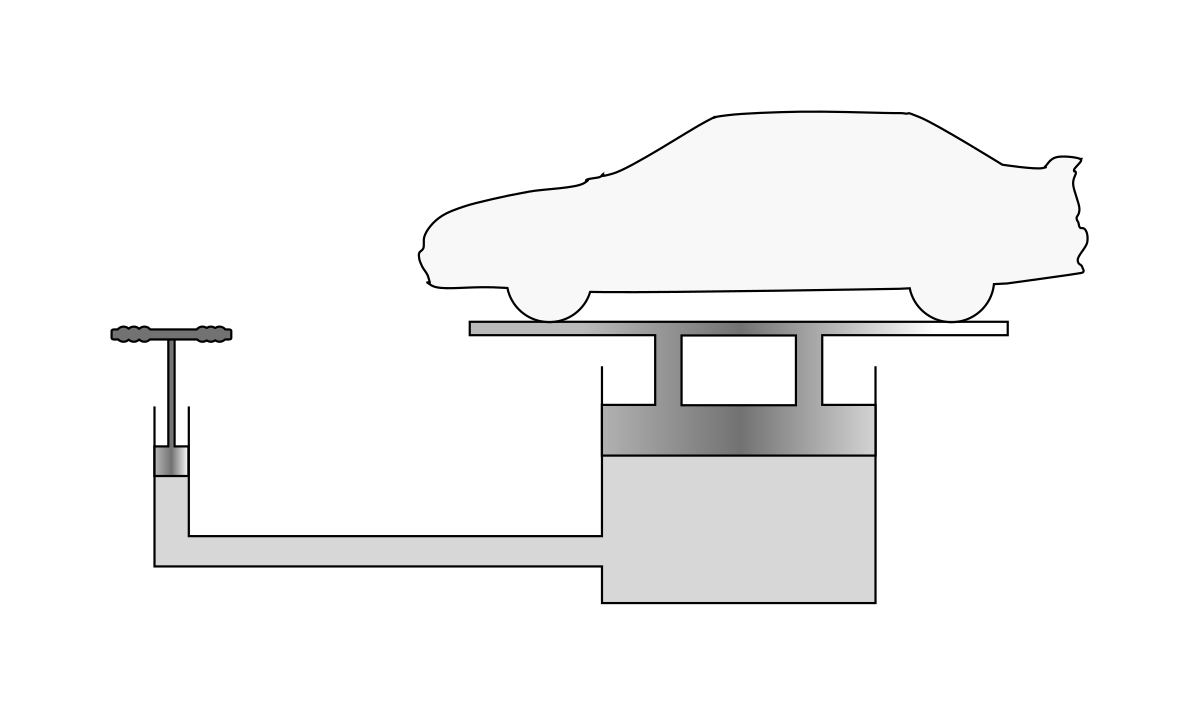
Pascal's law - Wikipedia
Pascal's Law (or Principle) applies to fluids AT REST. Coolant in a running engine is NOT AT REST, IT'S FLOWING. Pascal's Law is modified by fluid flow--it's not strictly applicable to a dynamic system.A change in pressure at any point in an enclosed fluid at rest is transmitted undiminished to all points in the fluid.
Again--consider A/C systems. With the compressor off, and the system stabilized, you have fluid (gas) pressure the same on the high side as the low side. (Given a reasonable charge of refrigerant, you can even tell the temperature of the system based on the pressure.) Pascal's law fully applies when there's no fluid flow.
But with the compressor running, which produces fluid flow, you've got 30-ish psi on the low side, and maybe 300 psi on the high side. Obviously, the pressures are WAY different even though it's a closed system, and it's due to 1. the pump/compressor creating fluid flow; and 2. A bigass restriction in the TXV/Orifice tube. Pascal's law takes a flying leap on dynamic systems. That is, Pascal's law is not repealed, but it's modified by the moving fluid and any restrictions to fluid flow, where you have a base pressure within the system, modified by pump output pressure (base pressure + pump pressure) and pump suction (base pressure - pump suction) across one or more restrictions. For example, an A/C system that's under-charged will have a low low-side, and a low high-side; an overcharged system can have a high low-side and a high high-side.
Last edited:


